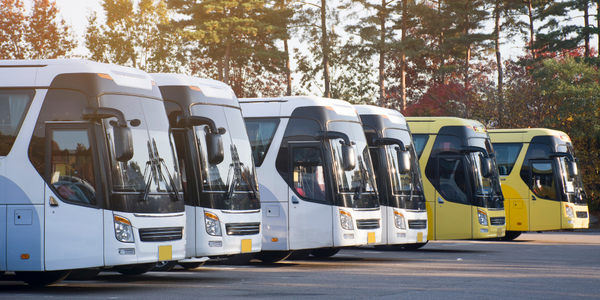Digi
Case Studies
Greater Detroit Transit Agency Monitor Bus Fleet
Overview
 |
Greater Detroit Transit Agency Monitor Bus FleetDigi |

|
Cybersecurity & Privacy - Network Security Networks & Connectivity - Cellular Networks & Connectivity - Routers & Bridges Platform as a Service (PaaS) - Connectivity Platforms | |
Transportation | |
Logistics & Transportation | |
Fleet Management | |
Operational Impact
| [Data Management - Data Analysis] SMART is now able to collect and analyze a much wider range of data and metrics, including vehicle location and speed – in real-time. | |
| [Efficiency Improvement - Production Uptime] Maintenance data is also captured to prevent breakdowns and accelerate repair cycles to minimize vehicle downtime. | |
| [Efficiency Improvement - Communication] Operators can communicate with Central Dispatch using VoIP handsets. | |
Quantitative Benefit
Estimated saving of $70,000 per year in hard costs between the rental of space on the tower, maintaining the radio equipment, and the man-hours | |
Estimated saving of additional $150,000-200,000 in the soft costs involved in sending people out to the tower sites, checking backup batteries, and maintaining power generators | |


